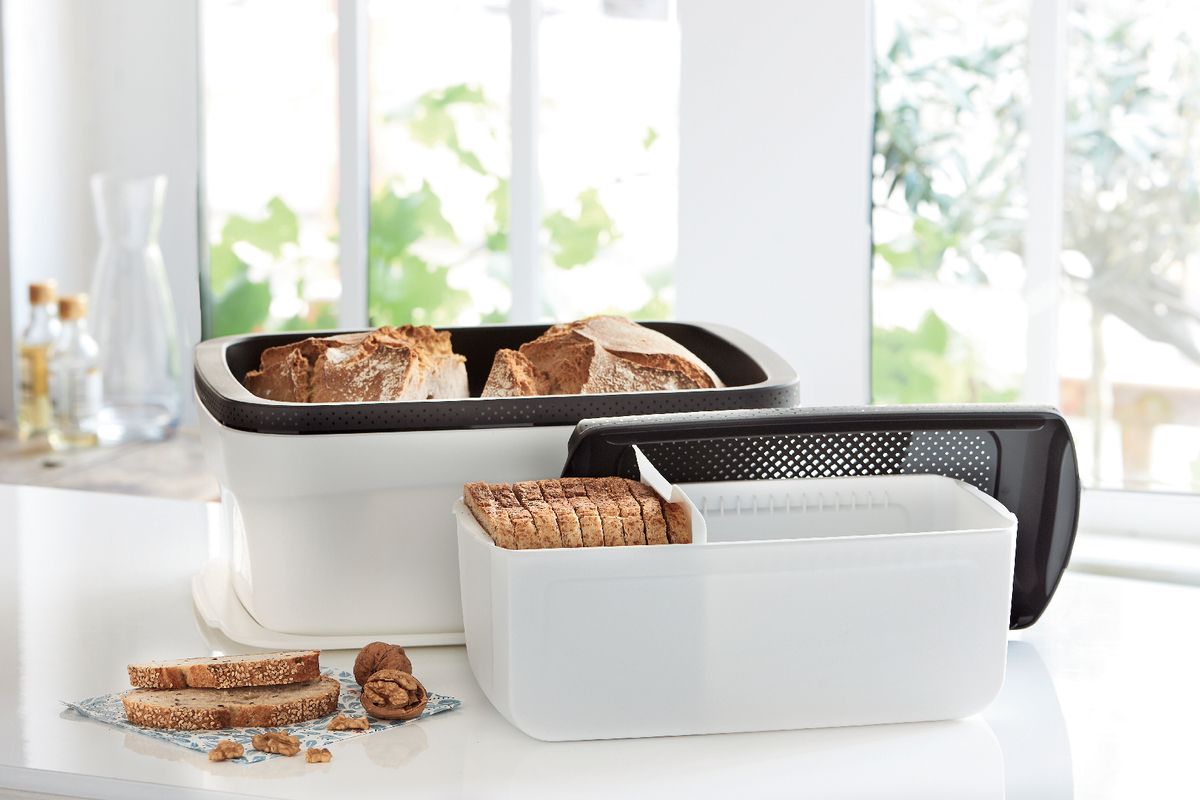

Articles
How To Store Bread On Counter
Modified: January 5, 2024
Learn the proper way to store bread on the counter with this informative article. Discover tips and tricks for keeping bread fresh and delicious.
(Many of the links in this article redirect to a specific reviewed product. Your purchase of these products through affiliate links helps to generate commission for Storables.com, at no extra cost. Learn more)
Introduction
Welcome to the world of bread enthusiasts! Whether you enjoy a simple sandwich, a hearty toast, or a slice of crusty bread, there’s no denying the satisfaction that comes from indulging in freshly baked goodness. But what happens when you bring home a loaf of your favorite bread and want to keep it fresh for as long as possible?
Storing bread properly is crucial to maintain its flavor, texture, and quality. While some people prefer keeping their loaves in the fridge or freezer, storing bread on the counter can be a convenient and practical option.
In this article, we will explore why storing bread on the counter can be beneficial, along with some useful tips to help you maximize its shelf life. So let’s dive in!
Key Takeaways:
- Storing bread on the counter allows for easy access, maintains freshness, preserves flavor, reduces waste, and avoids fridge-induced staling. Follow proper storage techniques to enjoy your bread to the fullest potential.
- Whether using a breadbox, wrapping in a cloth, or avoiding direct sunlight and moisture, storing bread on the counter ensures convenience, freshness, and deliciousness. Maximize shelf life and savor the delightful flavors of your favorite loaves.
Read more: How To Store Sourdough Starter On Counter
Why Store Bread on the Counter?
Storing bread on the counter has several advantages that make it a popular choice for many bread lovers. Here are a few reasons why you might consider keeping your bread on the counter:
1. Easy Accessibility
Having bread readily available on the counter allows for quick and easy access. Whether you’re making a sandwich, enjoying toast for breakfast, or simply craving a slice of bread, having it within arm’s reach saves you time and effort.
2. Maintains Freshness
When stored properly, bread can stay fresh on the counter for up to a week. The natural airflow in your kitchen helps to retain moisture, preserving the bread’s texture and taste. Additionally, the cool environment of your kitchen is ideal for maintaining freshness while avoiding the potential drying effect of the refrigerator.
3. Preserves Flavor
Storing bread on the counter allows it to breathe, enhancing the flavor profile. The natural enzymes in the bread continue to do their magic, developing flavors and aromas. This results in a more enjoyable and flavorful eating experience.
Read more: How To Store Produce On Counter
4. Avoids Fridge-Induced Staling
While refrigeration can help extend the shelf life of bread, it can also cause the bread to become stale more quickly. The cold temperature affects the starches in the bread, accelerating the retrogradation process and resulting in a loss of freshness. Storing bread on the counter allows it to maintain its ideal texture and avoid premature staling.
5. Reduces Waste
When bread is stored in the fridge or freezer, it can be easily forgotten or overlooked. This can lead to unnecessary waste as the bread becomes outdated or spoiled. Storing bread on the counter increases visibility and reminds you to consume it before it goes bad, reducing wasted food.
Overall, storing bread on the counter offers convenience, freshness, flavor preservation, and reduced waste. By implementing proper storage techniques, you can enjoy your bread to its fullest potential.
Tips for Storing Bread on the Counter
Now that you understand the benefits of storing bread on the counter, let’s explore some useful tips to ensure your bread stays fresh and delicious:
1. Choose the Right Bread
When selecting a loaf to store on the counter, opt for bread with a thicker crust. The crust acts as a natural barrier, helping to keep the bread fresh for longer. Sourdough, French baguettes, and artisanal bread are great choices.
Read more: How To Store Fruit On Counter
2. Use a Breadbox or Bread Bin
Invest in a breadbox or bread bin to store your bread on the counter. These containers are designed to provide the ideal environment for bread storage, allowing for proper airflow and temperature regulation. Make sure to choose a breadbox that fits the size of your loaf.
3. Wrap in a Cloth or Paper Towel
If you don’t have a breadbox, you can wrap your bread in a clean cloth or paper towel. This helps to absorb excess moisture and prevents the bread from drying out too quickly. Ensure the cloth or towel is clean and dry to avoid any unwanted contaminants.
4. Avoid Direct Sunlight and Moisture
Keep your bread away from direct sunlight, as the heat can cause it to become stale or moldy. Additionally, avoid placing your bread near the sink or any areas prone to moisture, as this can contribute to faster spoilage.
5. Slice as Needed
If you’re not planning to consume the entire loaf at once, slice off only what you need and keep the rest of the bread intact. Sliced bread tends to dry out more quickly, so preserving the loaf in its whole form will help maintain its freshness.
Read more: How To Store Butter On The Counter
6. Keep the Counter Clean
Regularly clean your countertop to minimize the risk of crumbs and debris accumulating around your bread. This not only helps maintain a sanitary surface but also prevents pests from being attracted to your bread.
By following these tips, you can ensure that your bread stays fresh, flavorful, and ready to be enjoyed whenever you’re in the mood for a delicious slice.
Using a Breadbox
A breadbox is a classic and convenient way to store bread on the counter. It is specially designed to provide the optimal conditions for keeping bread fresh. Here are some tips for using a breadbox effectively:
1. Find the Right Size
Choose a breadbox that is the right size for your bread loaf. If the breadbox is too large, there will be too much excess space, which can affect the bread’s freshness. On the other hand, if the breadbox is too small, it may squish the loaf or prevent proper airflow.
2. Clean the Breadbox Regularly
It’s important to keep your breadbox clean to prevent the growth of mold or bacteria. Regularly wipe down the interior with a damp cloth and mild soap, then dry it thoroughly before placing fresh bread inside. Avoid using harsh chemicals that may leave a residue or affect the taste of your bread.
Read more: How To Remove Counter Backsplash
3. Store Only Bread in the Breadbox
To maintain optimal freshness, store only bread in the breadbox. Other items, such as bagels or pastries, may have different moisture requirements or odors that can affect the bread’s quality. Keeping the breadbox dedicated solely to bread ensures the best possible storage conditions.
4. Place the Bread Properly
When storing bread in the breadbox, make sure to place it with the cut side down. This helps to prevent excess moisture from accumulating on the exposed crumb, which can lead to faster spoilage. Placing the bread cut side down also helps maintain the integrity of the loaf.
5. Keep the Breadbox in a Cool Location
Avoid placing the breadbox in direct sunlight or on a hot surface, as this can cause the bread to dry out or become stale more quickly. Choose a cool and dry spot on the counter to maximize the shelf life of your bread.
6. Store Fresh Bread First
If you have multiple loaves of bread, be sure to use the breadbox to store the freshest loaf first. This way, you can consume the bread in the proper order and avoid having older loaves go to waste.
Using a breadbox is a practical and efficient way to store bread on the counter. By following these tips, you can keep your bread fresh, flavorful, and ready to be enjoyed at any time.
Read more: How To Remove Electric Cooktop From Counter
Wrapping Bread in a Cloth or Paper Towel
If you don’t have a breadbox, or simply prefer an alternative method, wrapping your bread in a cloth or paper towel can be an effective way to store it on the counter. This method helps to regulate moisture and maintain freshness. Here’s how to do it:
1. Choose a Clean and Dry Cloth or Paper Towel
Select a clean and dry cloth or paper towel to wrap your bread. Make sure it is free from any unwanted odors or contaminants that could affect the taste of the bread. If using a cloth, ensure that it is absorbent and preferably made of natural fibers.
2. Wrap the Bread Loaf Securely
Place the bread loaf in the center of the cloth or paper towel. Fold the sides of the cloth over the loaf, ensuring a snug fit. If using a paper towel, wrap it around the loaf and secure it with a rubber band or twist tie. The goal is to create a protective barrier that helps retain moisture without suffocating the bread.
3. Store in a Cool and Dry Location
Place the wrapped bread in a cool area on the counter, away from direct sunlight and sources of moisture. This will help maintain the ideal environment for the bread and prevent it from becoming stale or moldy.
Read more: How To Organize Your Bathroom Counter
4. Check and Replace the Cloth or Paper Towel Regularly
It’s important to periodically check the cloth or paper towel for any signs of moisture or mold. If you notice any, replace it with a fresh one to prevent contamination and maintain the freshness of the bread. Regularly swapping out the cloth or paper towel also helps to ensure cleanliness.
5. Slice the Bread as Needed
Similar to storing bread in a breadbox, it’s best to slice the bread as needed to maintain its freshness. Leaving the loaf intact as much as possible helps to retain moisture and prevent premature drying out of the bread.
6. Use within a Reasonable Timeframe
While storing bread wrapped in a cloth or paper towel can help maintain its freshness, it’s important to consume it within a reasonable timeframe. Bread stored this way typically stays fresh for a few days to a week, depending on various factors such as humidity and the type of bread.
Wrapping bread in a cloth or paper towel is a simple yet effective method for storing bread on the counter. It allows you to keep your bread fresh, flavorful, and easily accessible whenever you’re in the mood for a tasty slice.
Avoiding Direct Sunlight and Moisture
Proper storage of bread on the counter goes beyond selecting the right container or wrapping method. It’s equally important to take precautions to prevent direct sunlight and moisture from affecting your bread. Here are some tips to help you avoid these potential culprits:
Read also: 14 Amazing Counter Dishwasher for 2024
1. Find a Cool and Dry Spot
Choose a location on your counter that is cool and dry. Direct sunlight can cause the bread to become stale and dry out faster. Additionally, excessive moisture can create a breeding ground for mold. By selecting a suitable spot, you can help prolong the freshness of your bread.
2. Avoid Placing Bread near Windows or Heat Sources
Windows provide natural light but can also generate heat, especially when the sun is shining directly on them. Avoid placing your bread in this area to prevent exposure to both sunlight and heat. Similarly, keep your bread away from heat sources such as stovetops or ovens, as the warmth can also accelerate the staling process.
3. Store Bread away from Moisture-Prone Areas
Moisture is the enemy of bread, as it can lead to mold growth and spoilage. Keep your bread away from areas of your kitchen that tend to be damp, such as near sinks or microwave ovens. Moisture can seep into the bread, negatively impacting its texture and taste.
4. Consider Using a Breadbox or Covered Container
If your kitchen is prone to humidity or you have limited control over sunlight exposure, using a breadbox or covered container can provide an added layer of protection. These containers shield the bread from light and help regulate moisture, creating a more controlled environment for storage.
Read more: How To Store Bread Machine Bread
5. Keep Bread in a Well-Ventilated Area
Ensure that the area where you store your bread has proper ventilation. Adequate airflow helps prevent moisture build-up and maintains optimal conditions for the bread. Avoid enclosing the bread in a tightly sealed container or wrapping it in a plastic bag, as this can trap moisture and lead to a shorter shelf life.
6. Regularly Check for Signs of Spoilage
Even with proper precautions, it’s essential to regularly inspect your bread for any signs of spoilage. Look out for visible mold, unpleasant odors, or a significant change in texture. If you notice any of these signs, it’s best to discard the bread to prevent consumption of mold-contaminated or stale bread.
By taking these measures to avoid direct sunlight and moisture, you can help extend the freshness and quality of your bread while ensuring a pleasant eating experience.
Frequently Asked Questions (FAQs)
Here are some common questions about storing bread on the counter:
1. How long can bread stay fresh on the counter?
The freshness of bread on the counter can vary depending on various factors such as the type of bread and the storage conditions. Generally, bread can stay fresh on the counter for up to a week when stored properly.
Read more: How To Declutter Your Kitchen Counters
2. Does storing bread in the fridge make it last longer?
While refrigeration can extend the shelf life of bread, it can also accelerate the staling process. Cold temperatures can affect the texture and flavor of the bread. Storing bread on the counter allows it to breathe and maintains its ideal texture and taste.
3. Should I keep the bread in its original packaging?
Bread often comes in packaging designed to retain freshness. However, it’s best to remove the bread from its original packaging before storing it on the counter. The packaging may trap moisture or limit airflow, which can negatively impact the bread’s quality.
4. Can I freeze bread that I store on the counter?
Yes, if you have excess bread that you won’t be able to consume within the next few days, you can freeze it. Freezing bread can help extend its shelf life, but it’s important to wrap it tightly in freezer-safe bags or containers to prevent freezer burn. Thaw the bread at room temperature when you’re ready to use it.
5. How can I tell if my bread has gone bad?
There are a few signs to look out for to determine if bread has gone bad. Mold growth, visible signs of spoilage, unpleasant odors, or a significant change in texture are indicators that the bread should be discarded. Trust your senses and err on the side of caution when in doubt.
Read more: How To Install Under Counter Kegerator
6. Can I store different types of bread together on the counter?
It’s best to store different types of bread separately to maintain their individual flavors and textures. Some bread may release moisture or odors that can affect the quality of others. If you do store different types of bread together, make sure they are properly wrapped or stored in separate containers.
If you have any other questions about storing bread on the counter, don’t hesitate to ask a bread expert or refer to the specific instructions provided by the bakery or manufacturer.
Conclusion
Storing bread on the counter can be a convenient and practical way to keep your favorite loaves fresh and delicious. By following the tips and techniques mentioned in this article, you can maximize the shelf life and maintain the quality of your bread.
Whether you choose to use a breadbox, wrap bread in a cloth or paper towel, or simply follow the guidelines for avoiding direct sunlight and moisture, the key is to create the optimal storage conditions. This includes finding a cool and dry spot on your counter, keeping the bread away from heat sources, and regularly checking for signs of spoilage.
Remember, different types of bread may have varying shelf lives, so it’s important to pay attention to the specific characteristics and recommendations for each type. Additionally, trusting your senses and using common sense will help you determine if the bread has gone bad or if it’s still safe to consume.
By storing bread on the counter, you can enjoy the convenience of easily accessible and fresh bread whenever you crave a delicious slice. So, take the necessary steps to store your bread properly and savor the delightful flavors of your favorite loaves for longer.
Happy bread storing and enjoy your freshly baked goodness!
Frequently Asked Questions about How To Store Bread On Counter
Was this page helpful?
At Storables.com, we guarantee accurate and reliable information. Our content, validated by Expert Board Contributors, is crafted following stringent Editorial Policies. We're committed to providing you with well-researched, expert-backed insights for all your informational needs.

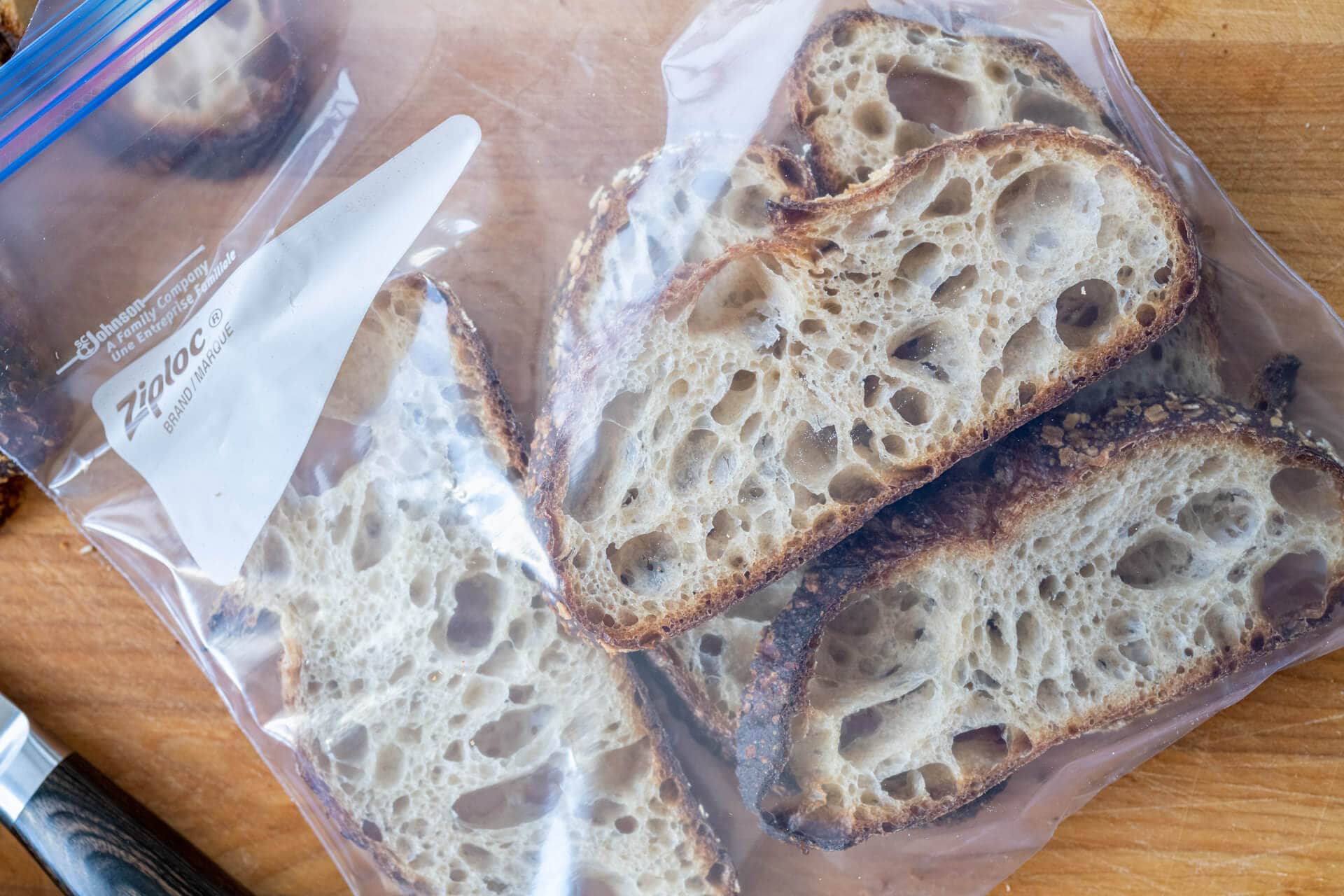
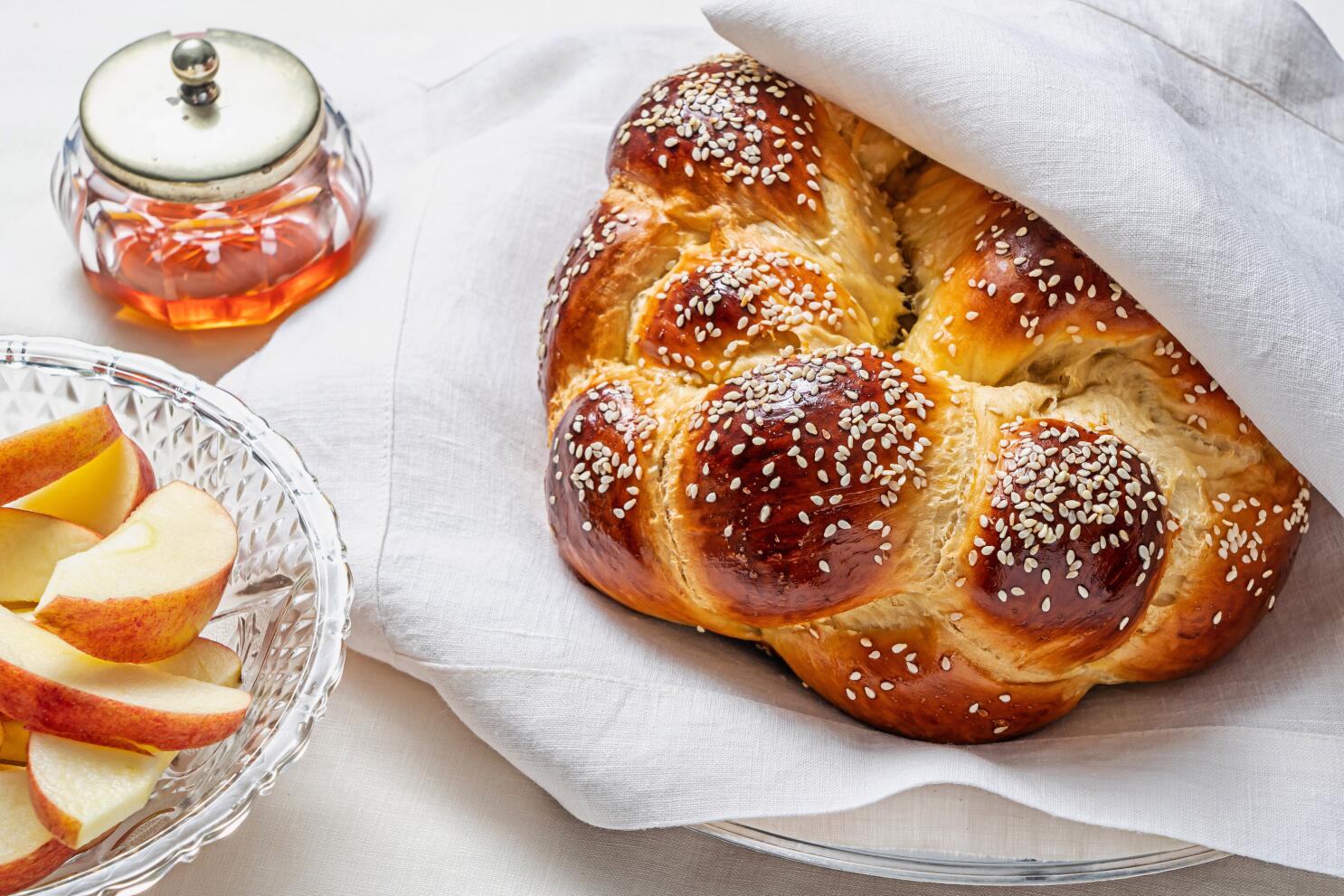
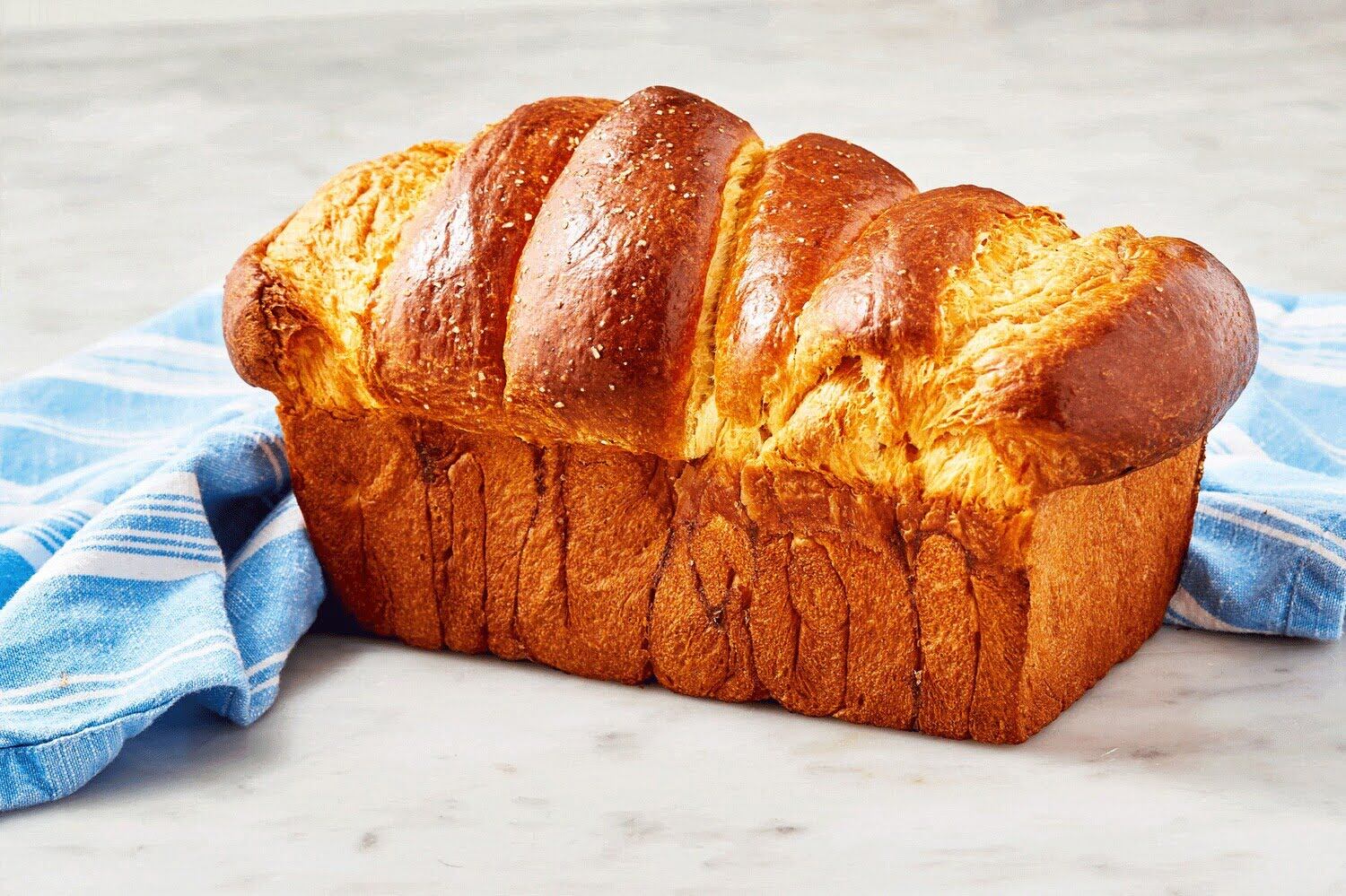
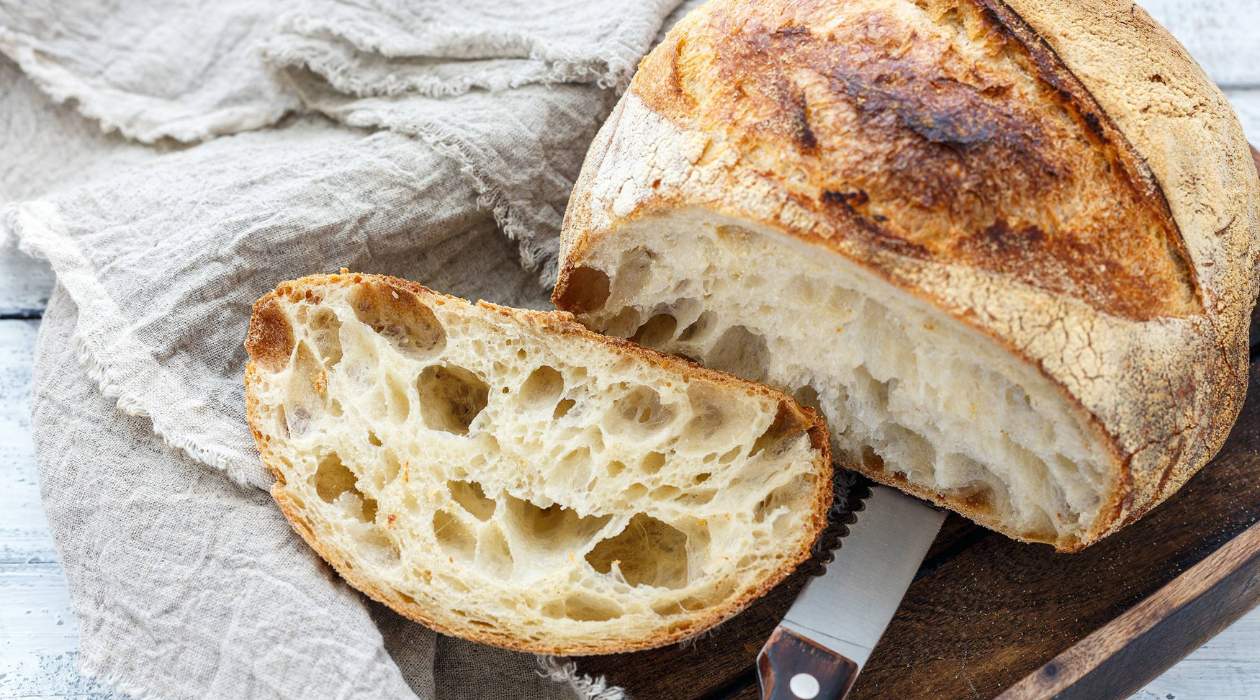

0 thoughts on “How To Store Bread On Counter”